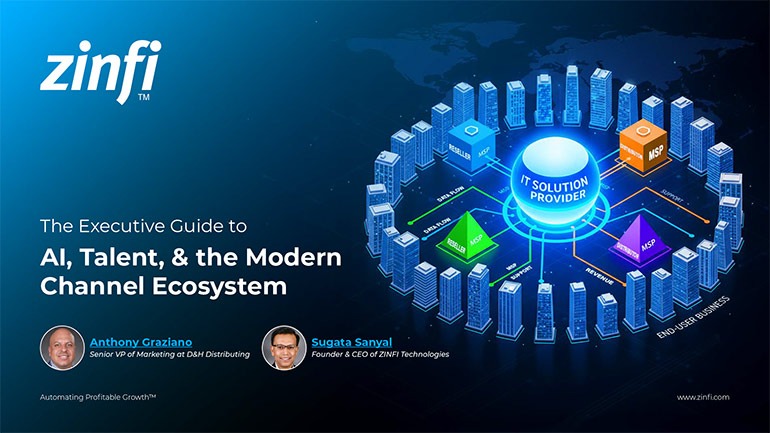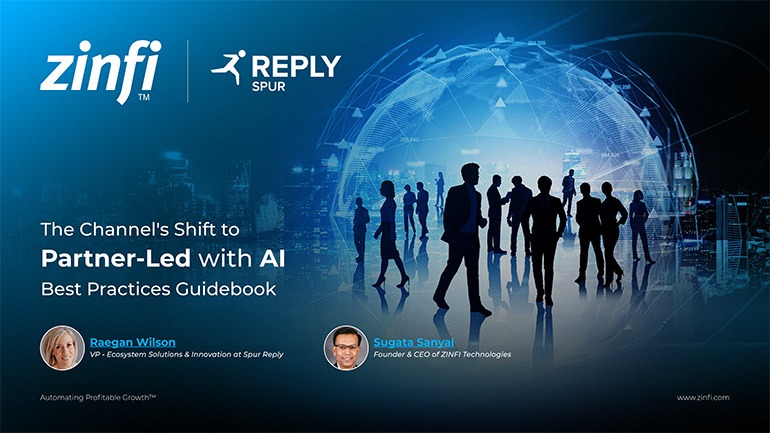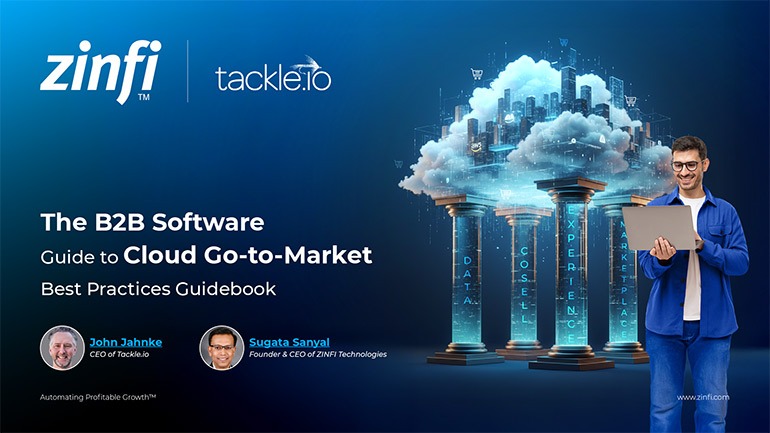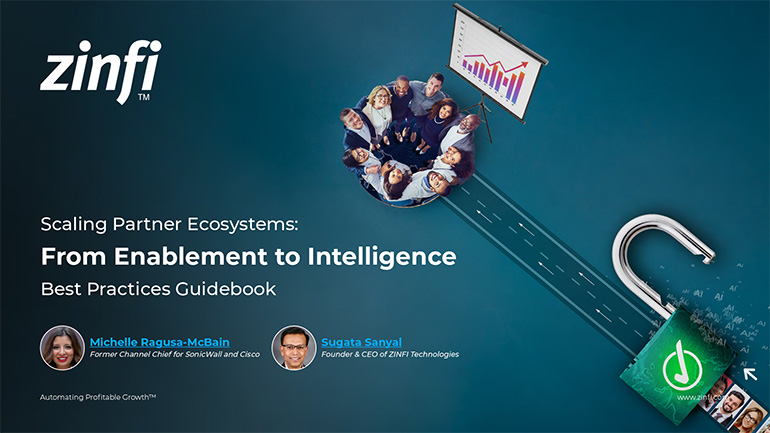Companies like Cisco defined the early days of the technology channel, with value-added resellers (VARs) serving as the primary go-to-market route. Vendors emphasized "partner-first" strategies, and ecosystems grew from networking roots to broader service offerings and solutions. A fascinating anecdote about the Internet’s origins highlights Cisco’s foundational role. Infrastructure development during this era created ripple effects that shaped the entire channel ecosystem.
As the industry matured, partner expectations and business models evolved. VARs transitioned into Managed Service Providers (MSPs) and later into Managed Security Service Providers (MSSPs), responding to shifts in how customers consumed technology. Subscription and consumption-based revenue models started to dominate, accelerated by digital transformation. Vendors needed to offer new support and enablement to maintain loyalty and performance. Specialized partners such as ISVs and integrators emerged, playing crucial roles in multi-vendor deals. Partnerships evolved into orchestration rather than linear sales.
The rise of cybersecurity and AI became significant ecosystem drivers. Cybersecurity became central to every organization, while AI shifted from a buzzword to an operational necessity. These forces reshaped go-to-market strategies, partner enablement, and vendor-partner relationships. The channel transformed into a diverse, interconnected ecosystem requiring continuous innovation and adaptation.













